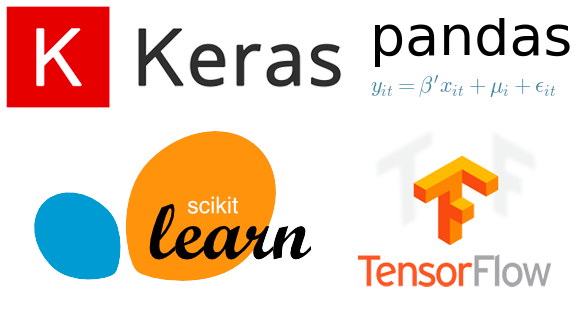How to save a deep learning model: A simple CNN model in Python for Image Classification

Saving a deep learning model is an important step to ensure that the model can be used later on without having to retrain it from scratch. In this essay, we will discuss how to save a simple CNN model in Python for image classification.
The first step in saving a deep learning model is to define the model architecture. This includes specifying the number and types of layers, as well as their parameters. A simple CNN model for image classification typically includes a series of convolutional layers, pooling layers, and fully connected layers. In Python, the Keras library is commonly used to define the model architecture.
Once the architecture is defined, the next step is to train the model on a dataset. This involves feeding the model with input data and adjusting the model’s parameters to minimize the loss function. After the model is trained, it’s ready to be saved.
In Keras, the model can be saved in two ways:
Saving the architecture, weights, and optimizer state of the model in a single file. This can be done using the save() function, which saves the model in the HDF5 format.
Saving only the architecture of the model in a json file and the weights in a separate h5 file. This can be done using the save_weights() and save() functions.
It’s also important to note that it’s possible to save only the model’s architecture or only the model’s weights as well.
Once the model is saved, it can be loaded later and used for prediction on new data. In Keras, the model can be loaded using the load_model() function for the complete model, or the model_from_json() and load_weights() functions for separately saved architecture and weights.
In summary, saving a deep learning model is an important step to ensure that the model can be used later on without having to retrain it from scratch. In Python, the Keras library is commonly used to define the model architecture and save the model. The model can be saved in two ways, either in a single file using the save() function, or separately in a json file and h5 file using the save_weights() and save() functions. Once the model is saved, it can be loaded later and used for prediction on new data.
In this Applied Machine Learning & Data Science Recipe (Jupyter Notebook), the reader will find the practical use of applied machine learning and data science in Python programming: How to save a deep learning model: A simple CNN model in Python for Image Classification.
Disclaimer: The information and code presented within this recipe/tutorial is only for educational and coaching purposes for beginners and developers. Anyone can practice and apply the recipe/tutorial presented here, but the reader is taking full responsibility for his/her actions. The author (content curator) of this recipe (code / program) has made every effort to ensure the accuracy of the information was correct at time of publication. The author (content curator) does not assume and hereby disclaims any liability to any party for any loss, damage, or disruption caused by errors or omissions, whether such errors or omissions result from accident, negligence, or any other cause. The information presented here could also be found in public knowledge domains.
Learn by Coding: v-Tutorials on Applied Machine Learning and Data Science for Beginners
Latest end-to-end Learn by Coding Projects (Jupyter Notebooks) in Python and R:
Applied Statistics with R for Beginners and Business Professionals
Data Science and Machine Learning Projects in Python: Tabular Data Analytics
Data Science and Machine Learning Projects in R: Tabular Data Analytics
Python Machine Learning & Data Science Recipes: Learn by Coding
How to setup an object classification model in Keras using CNN
Time Series Forecasting in Python using Deep Learning CNN model with BJ Sales dataset | Data Science